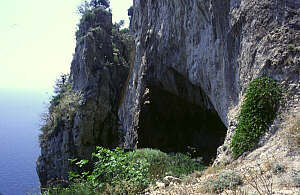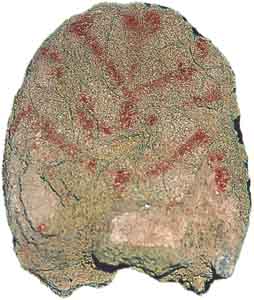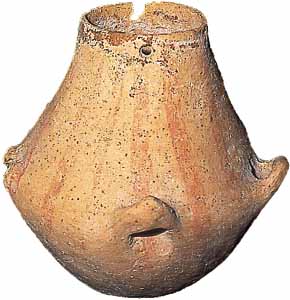

|
|

|

|
||||||||||||||||||
|
|||||||||||||||||||
| Associazione
Culturale e Casa Editrice - Via San Costanzo, 8
80073 Capri Italy - Email info@oebalus.org |
|||||||||||||||||||
|
GROTTA DELLE
FELCI (GROTTO OF FERNS)
|
||
 |

Sandstone pebble with anthropomorphic figure (Neolithic). “Ignazio Cerio” Museum.  Neolithic ceramic vase. “Ignazio Cerio” Museum. |
|
|
Situated on the south east
coast of the island, Grotta delle Felci provides important archaeological
evidence of prehistoric activity on Capri and in Southern Italy in general.
|
||
|
(texts by Claudio Giardino -
fhotographs by Marco Amitrano)
|
||